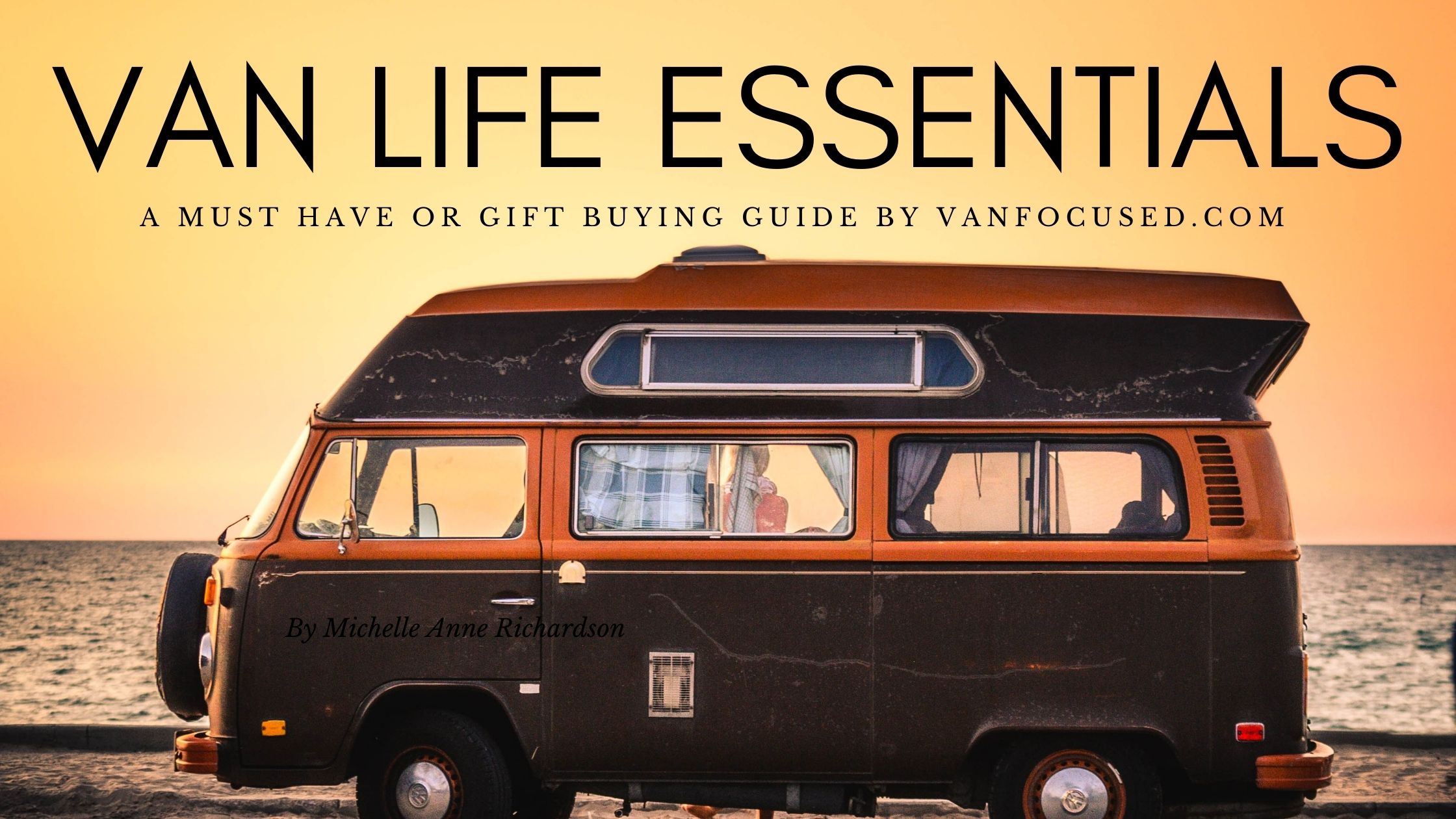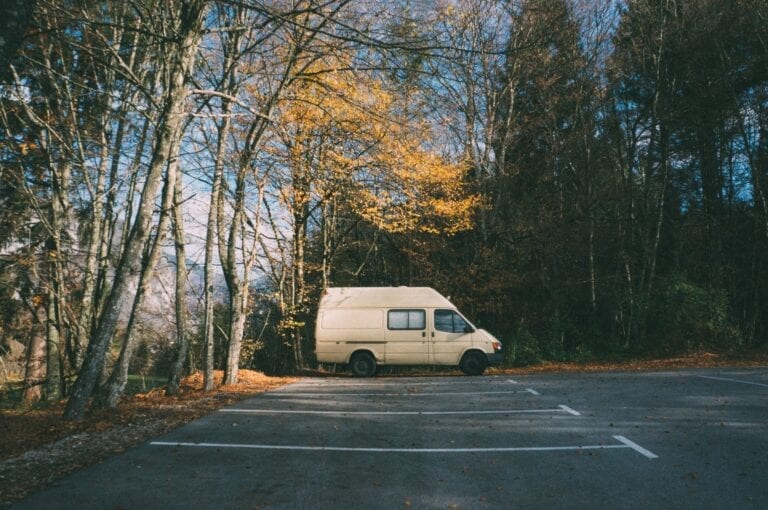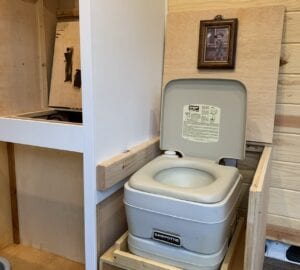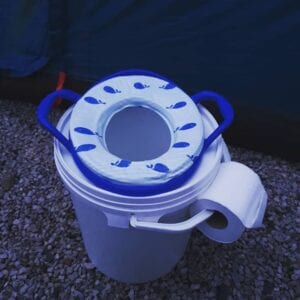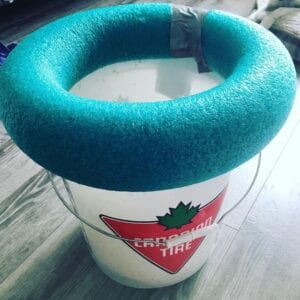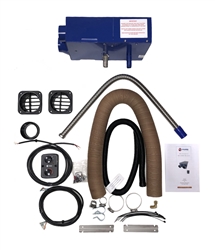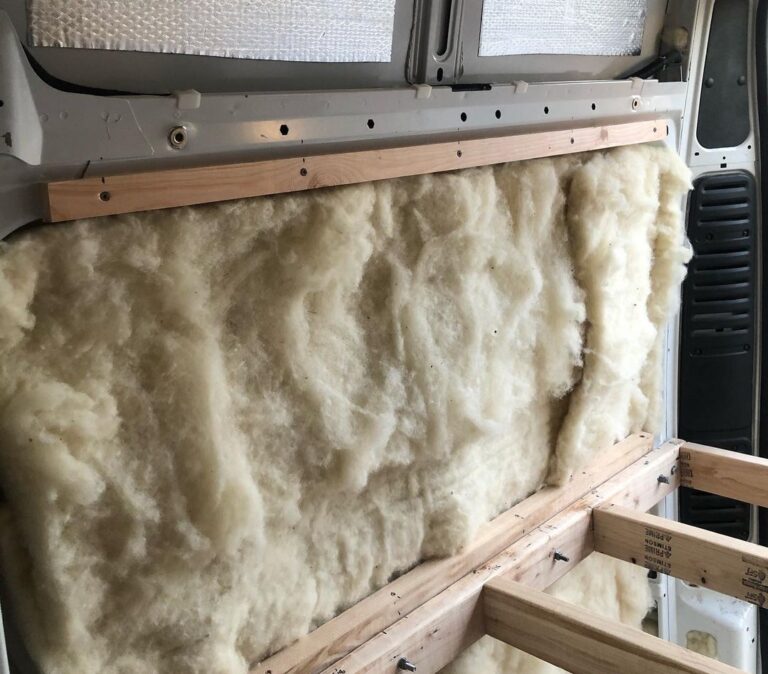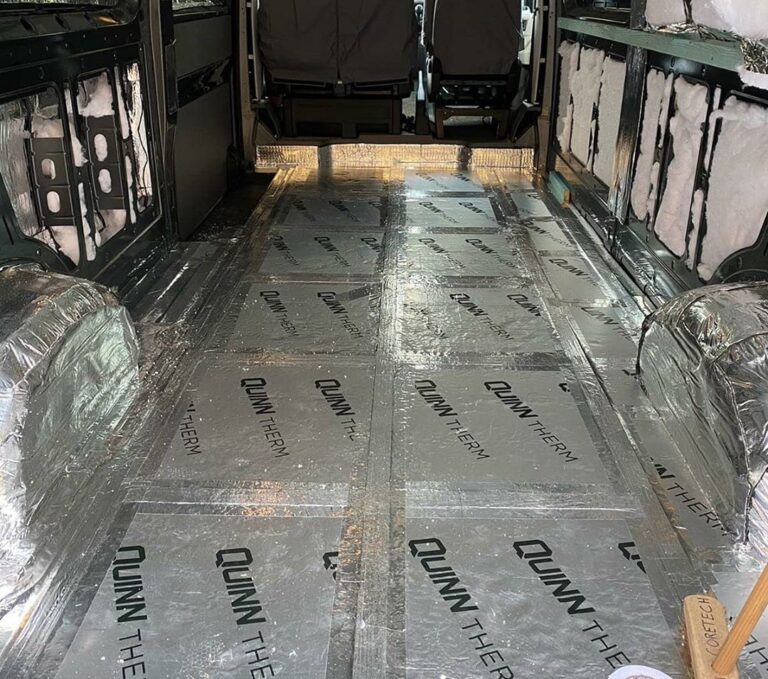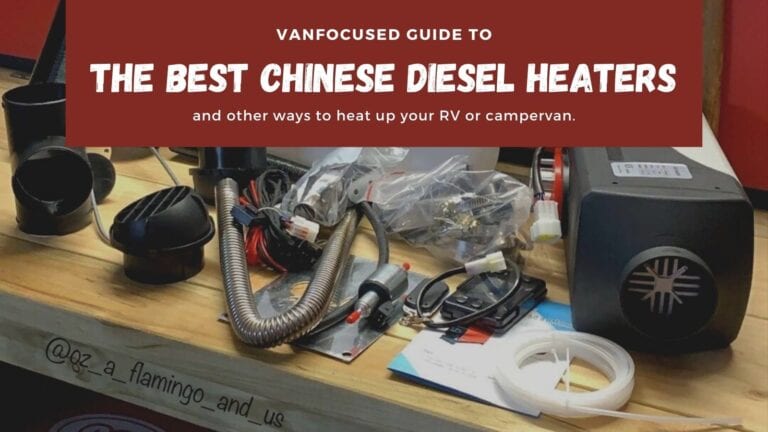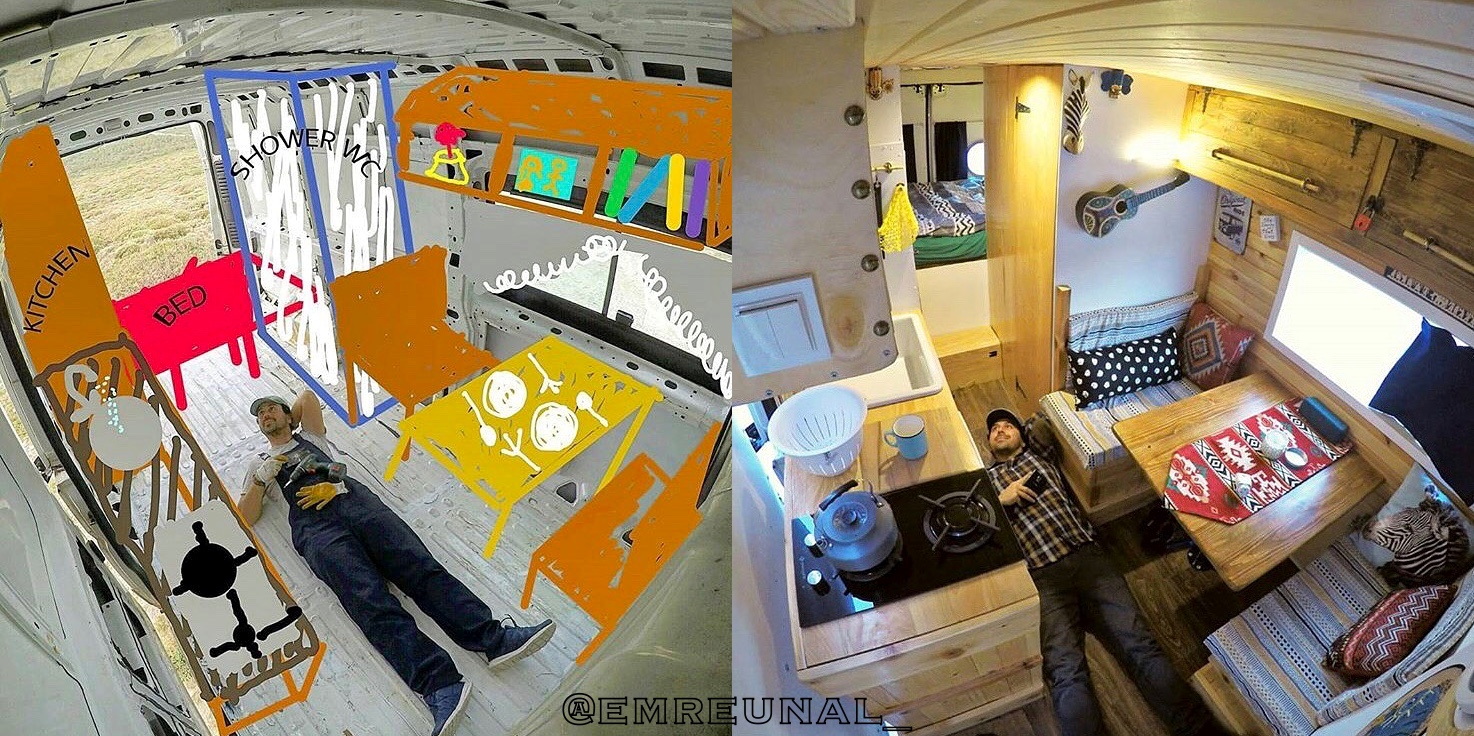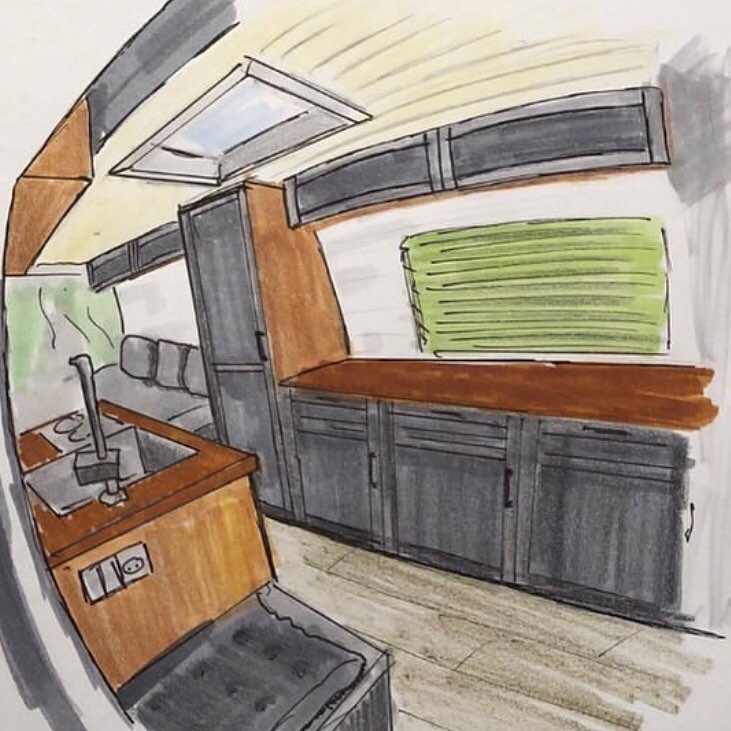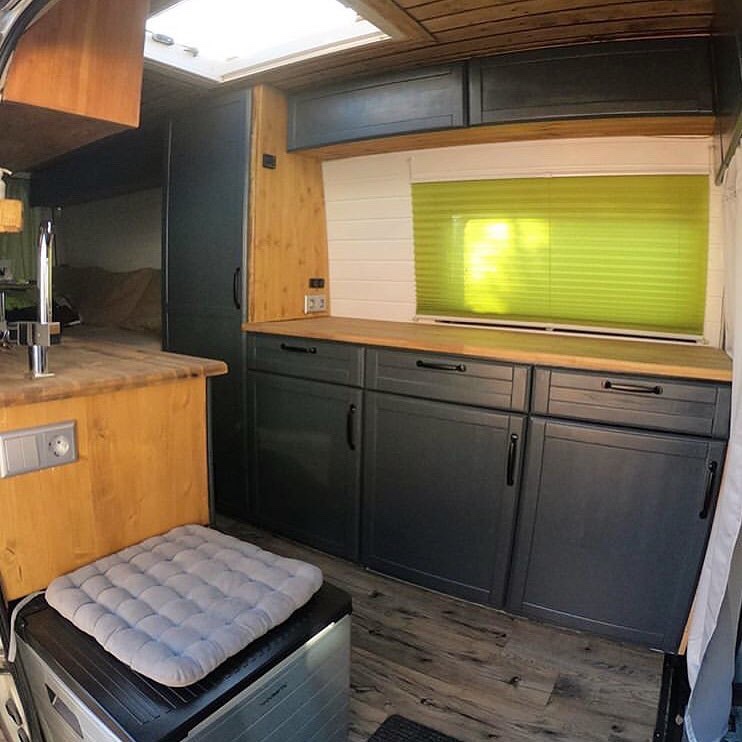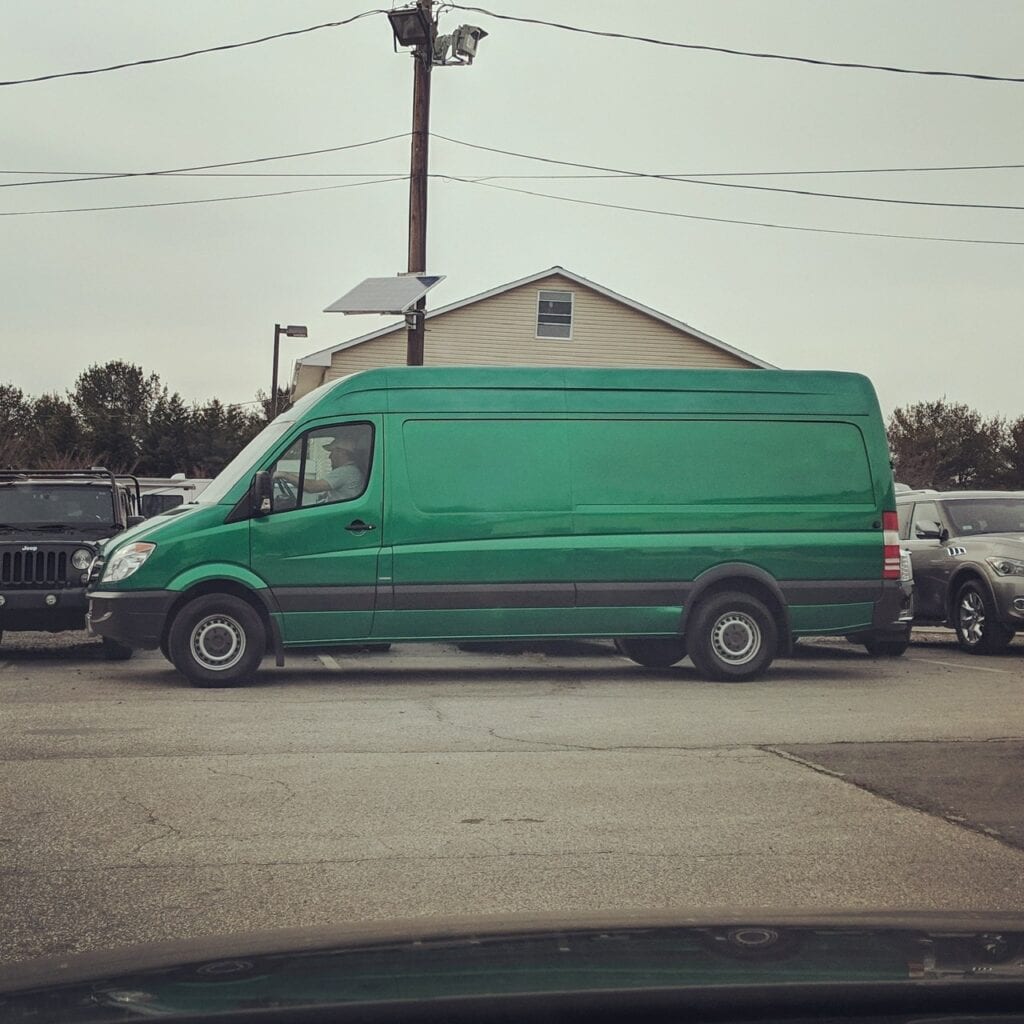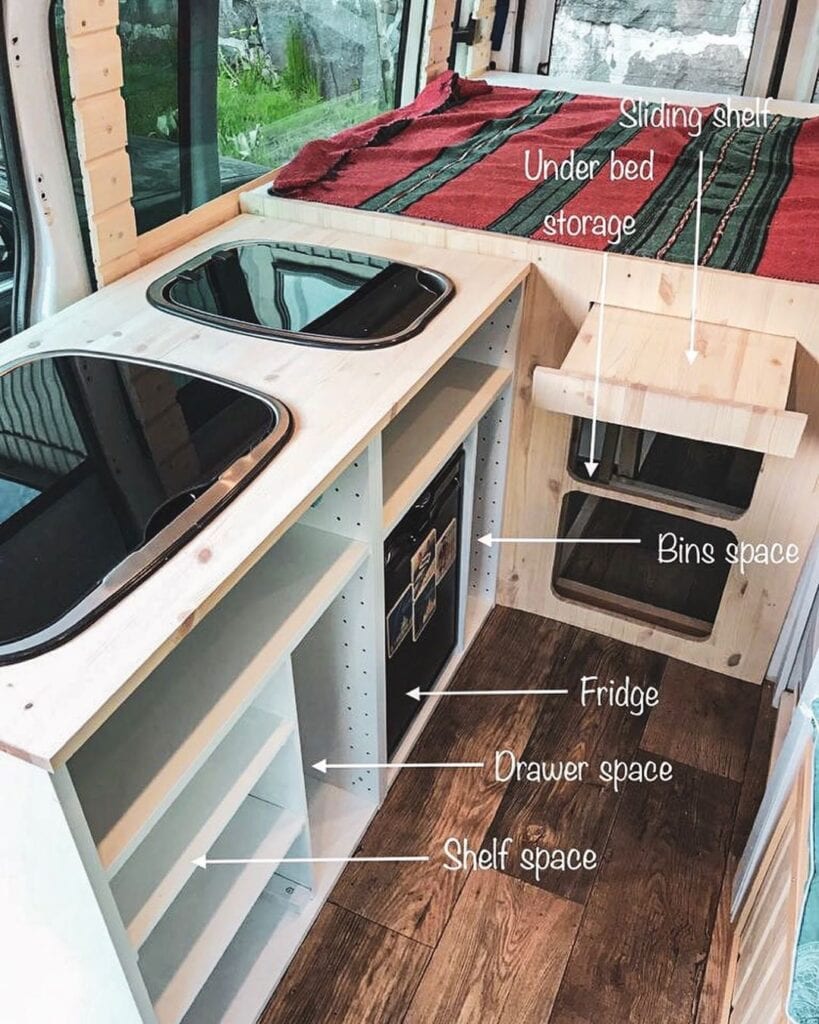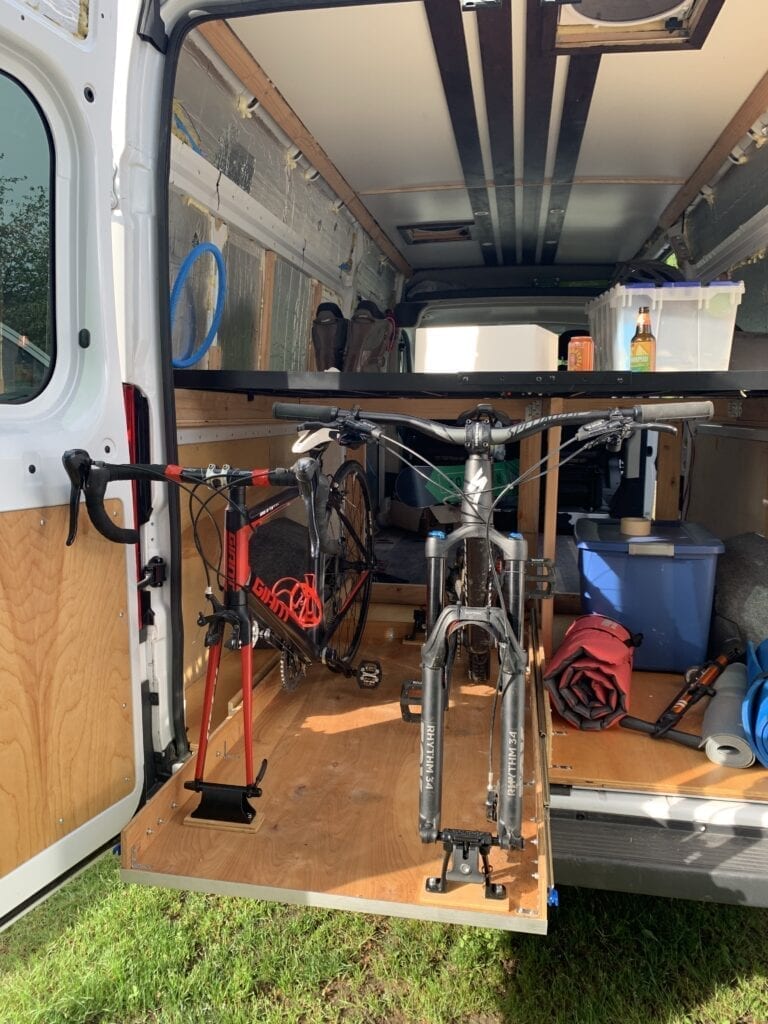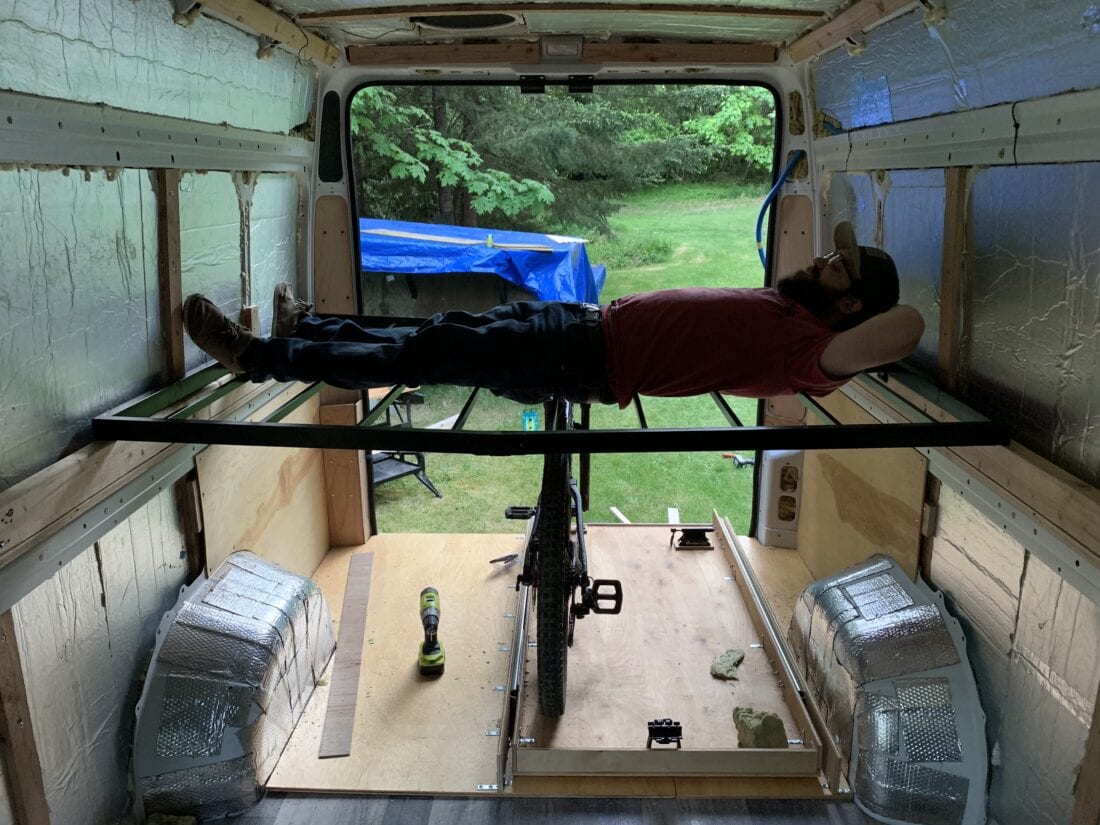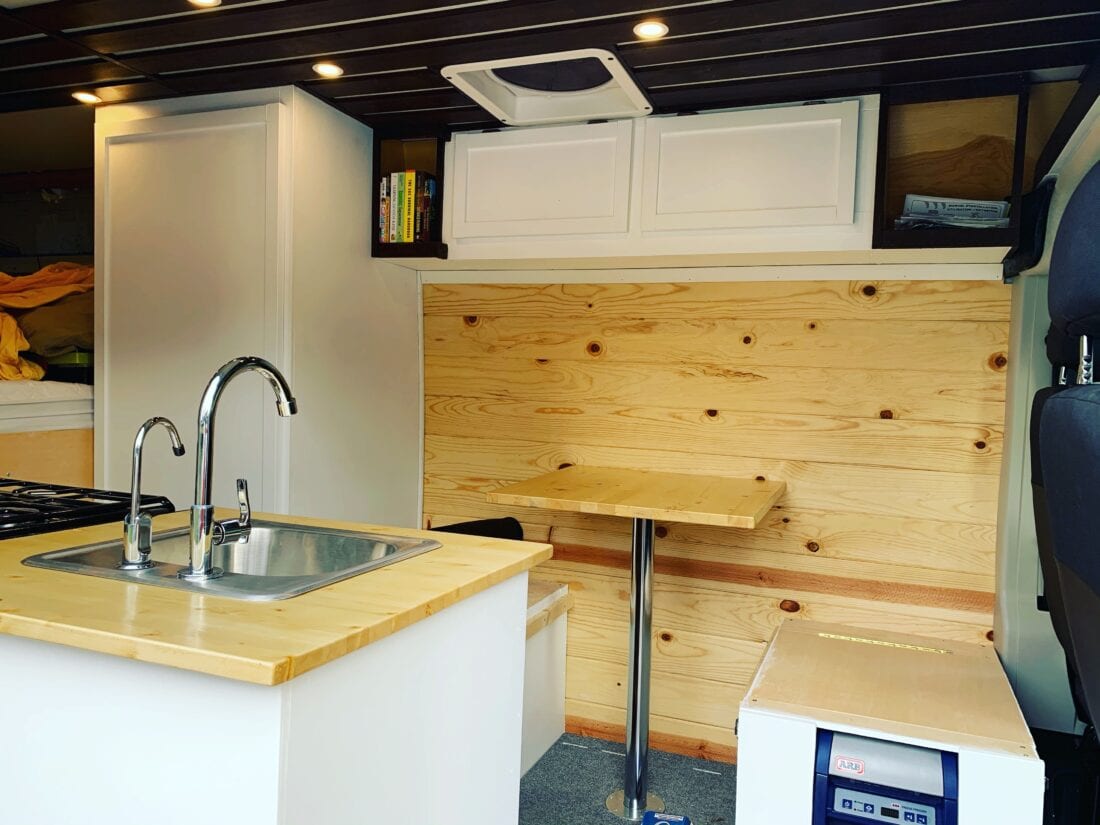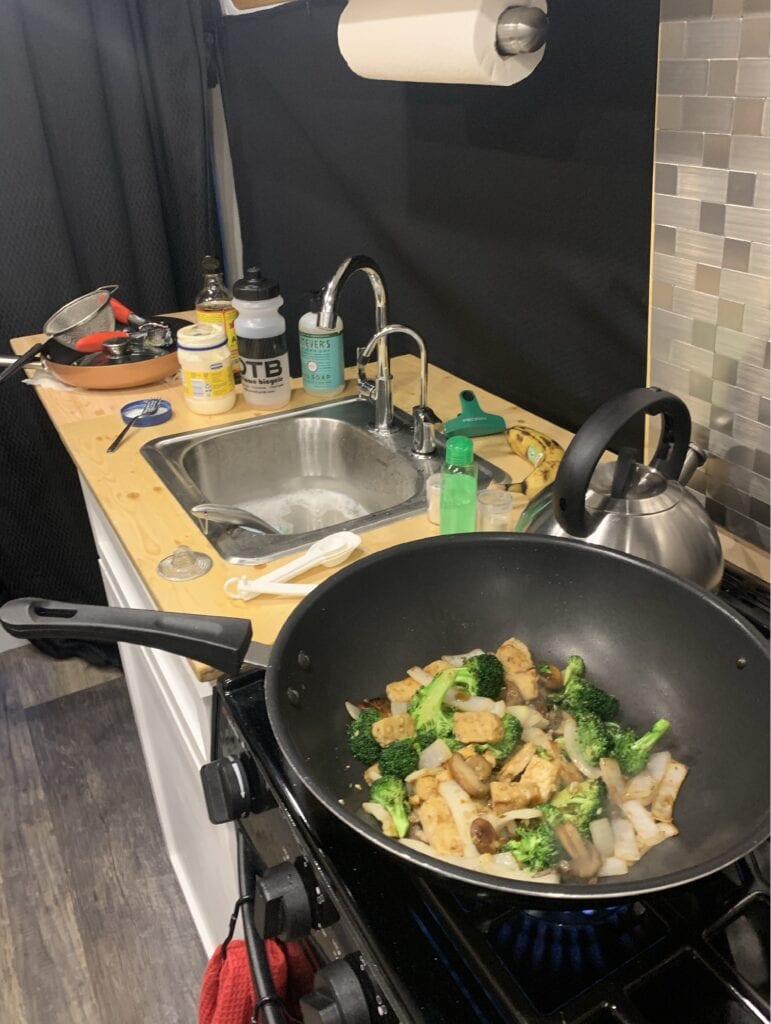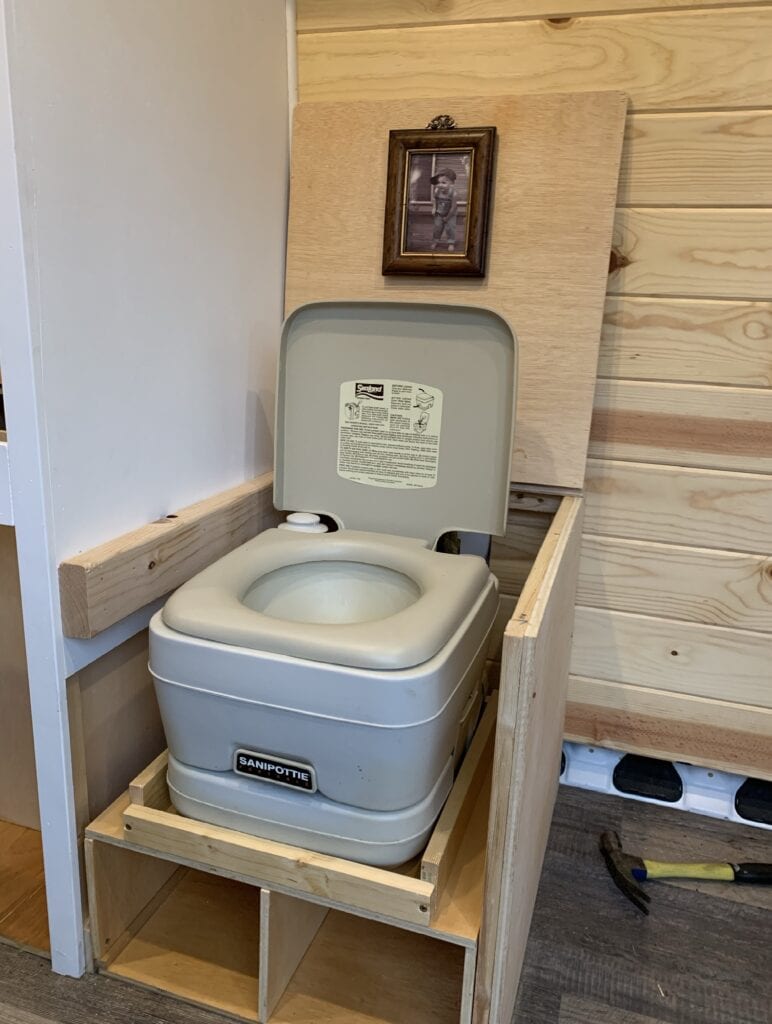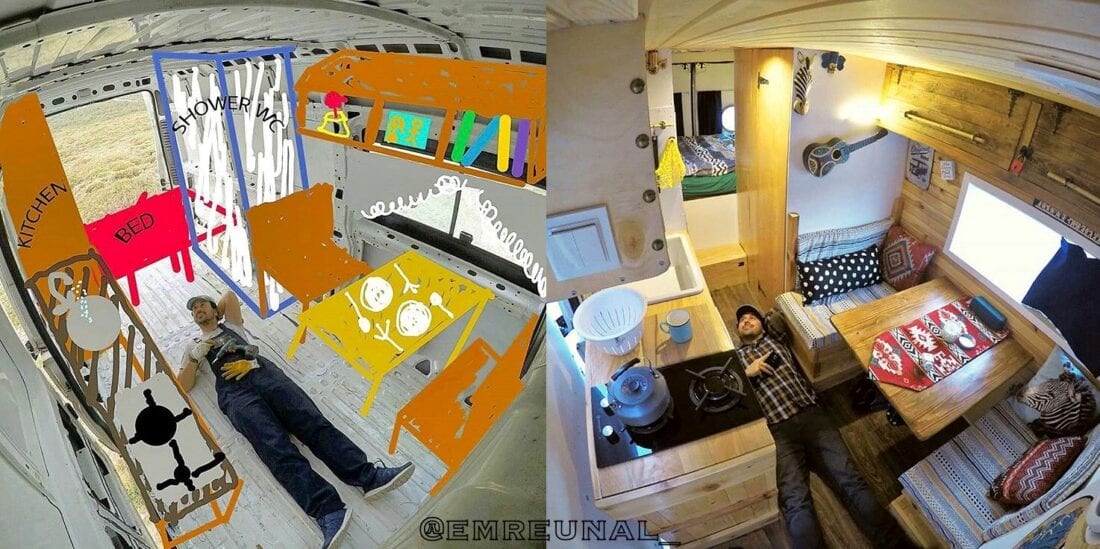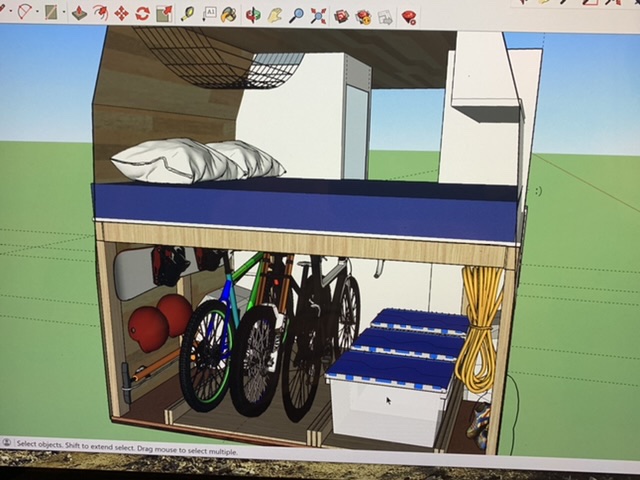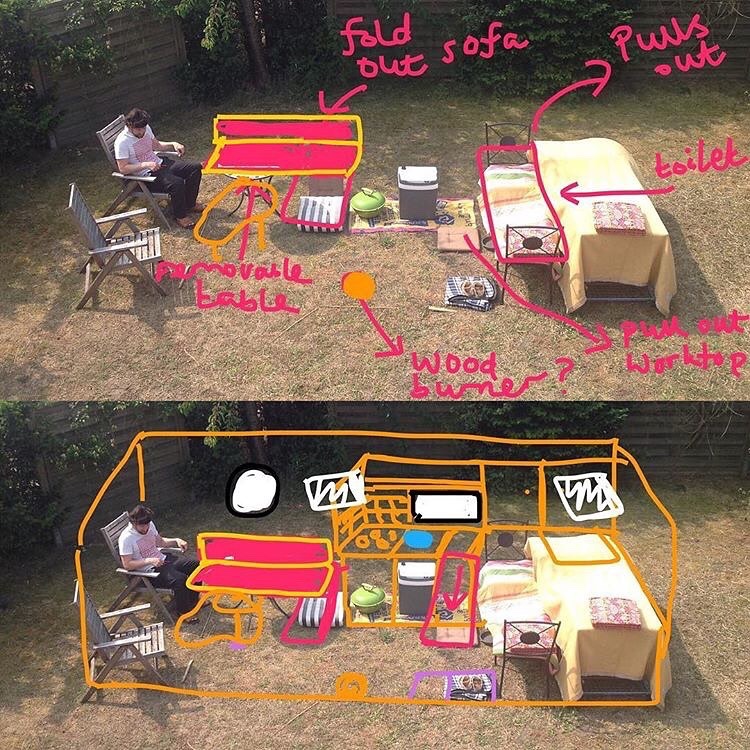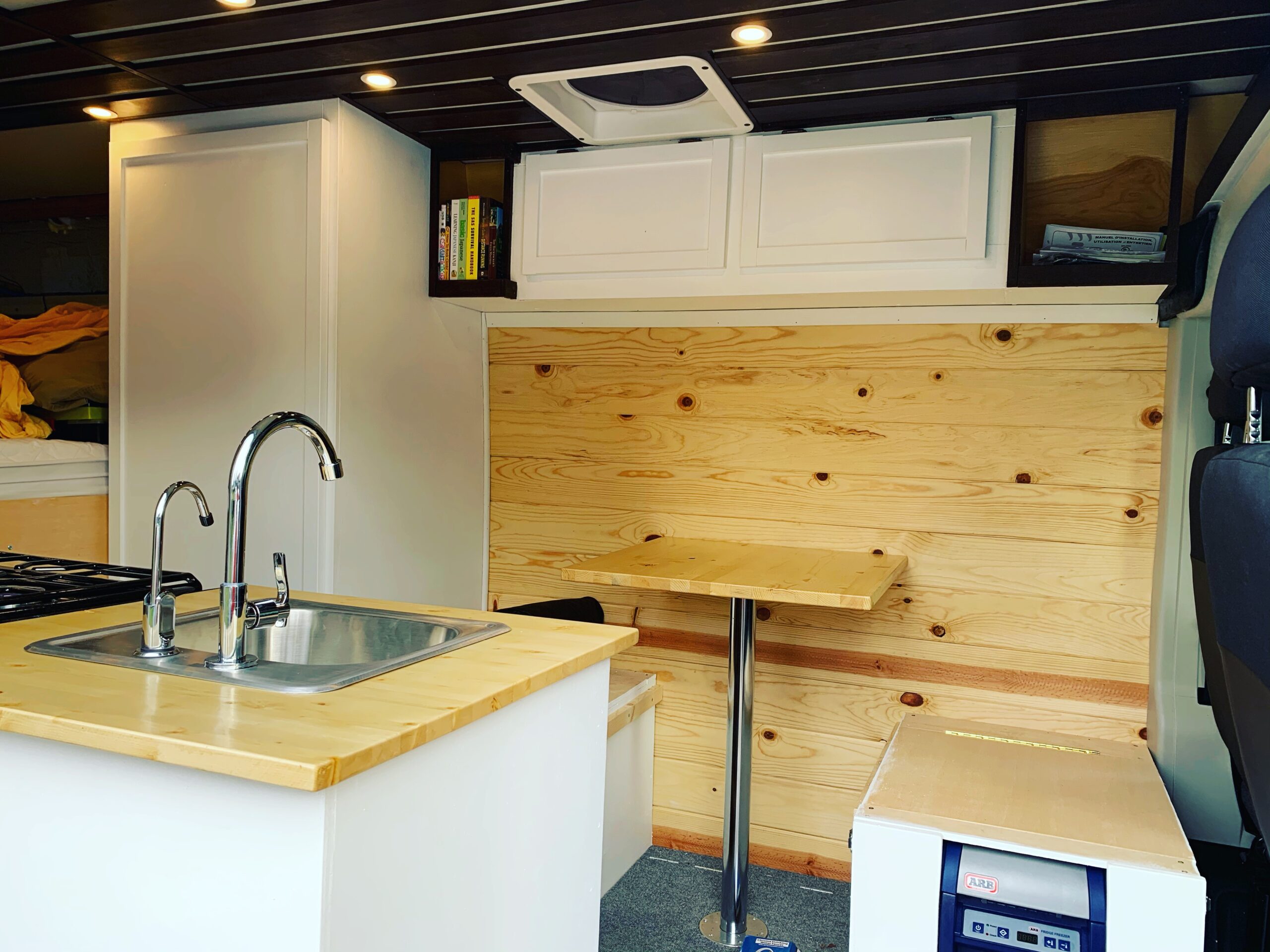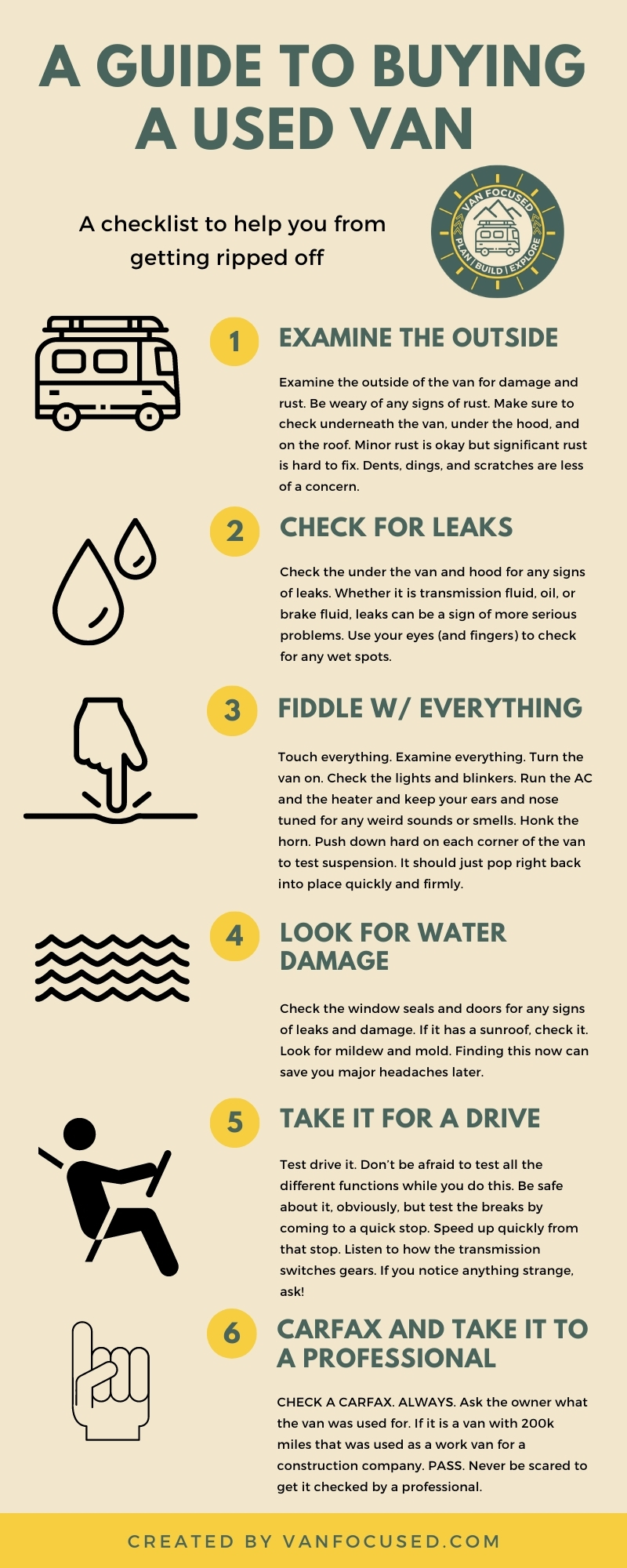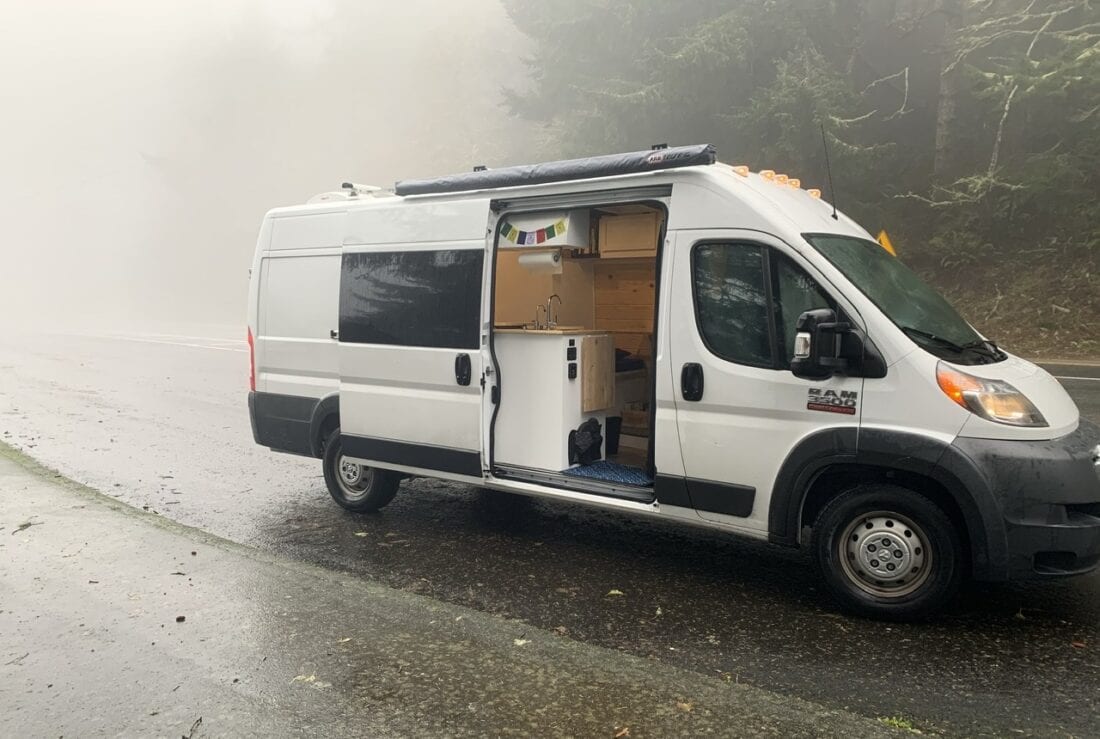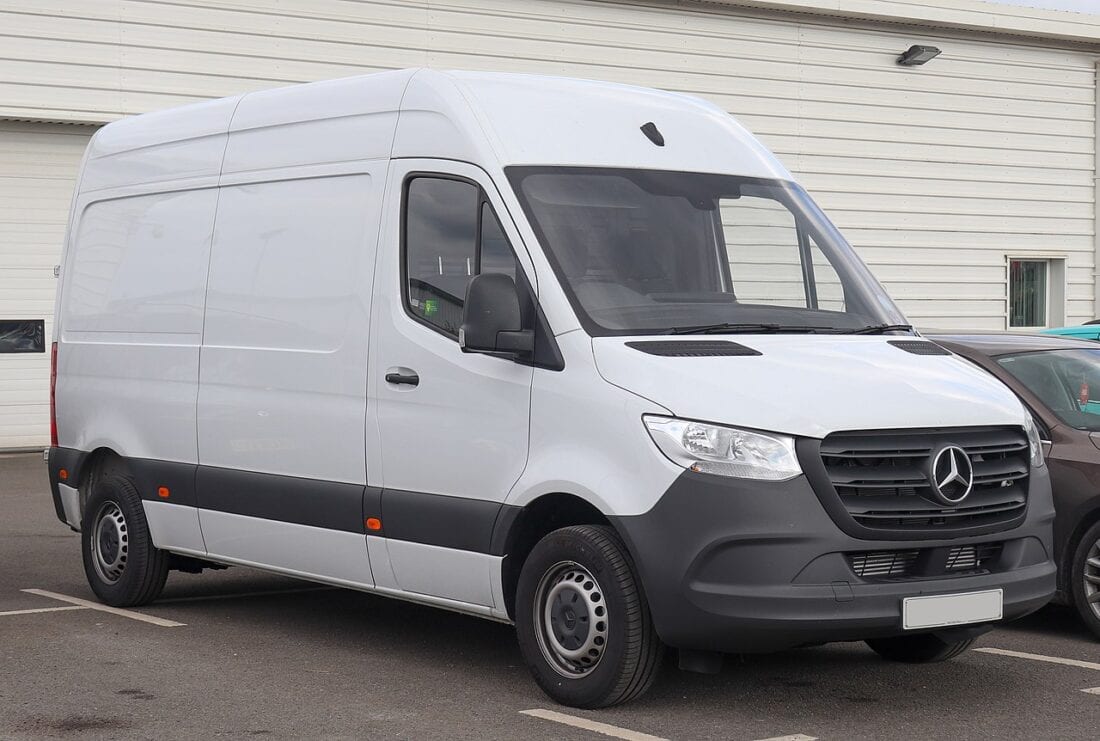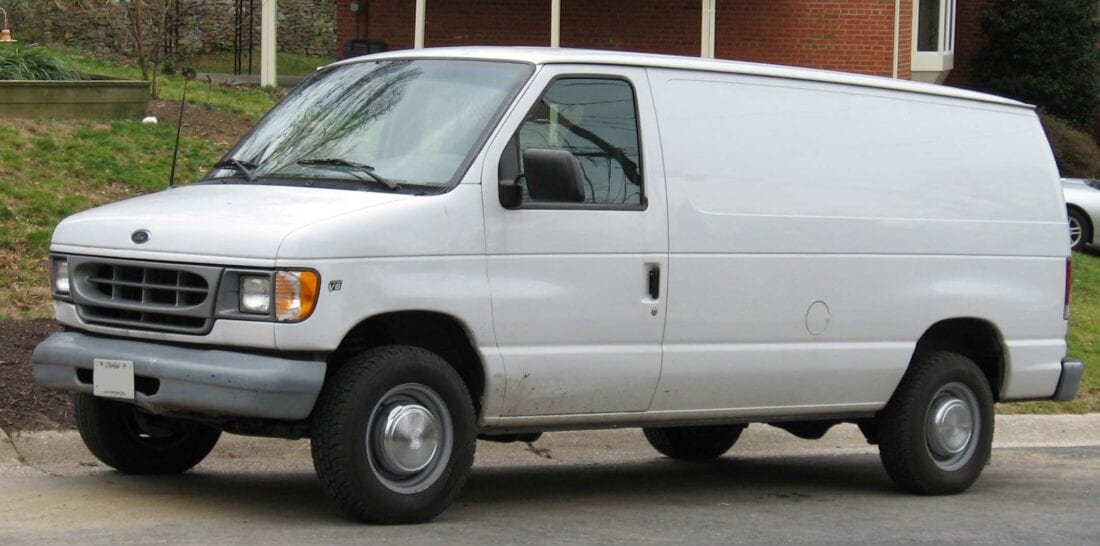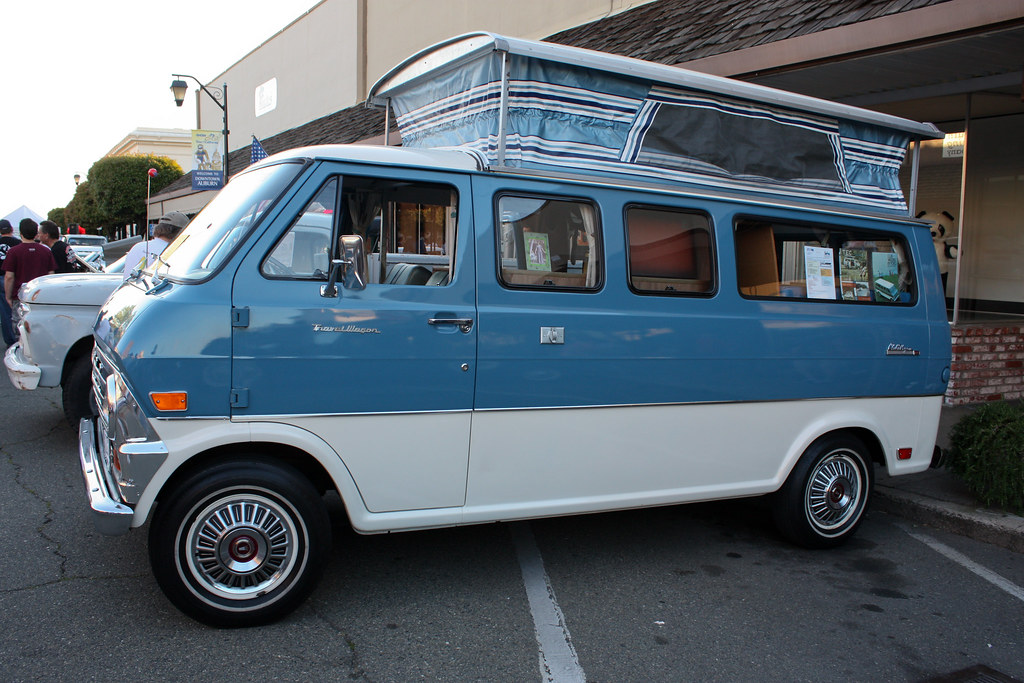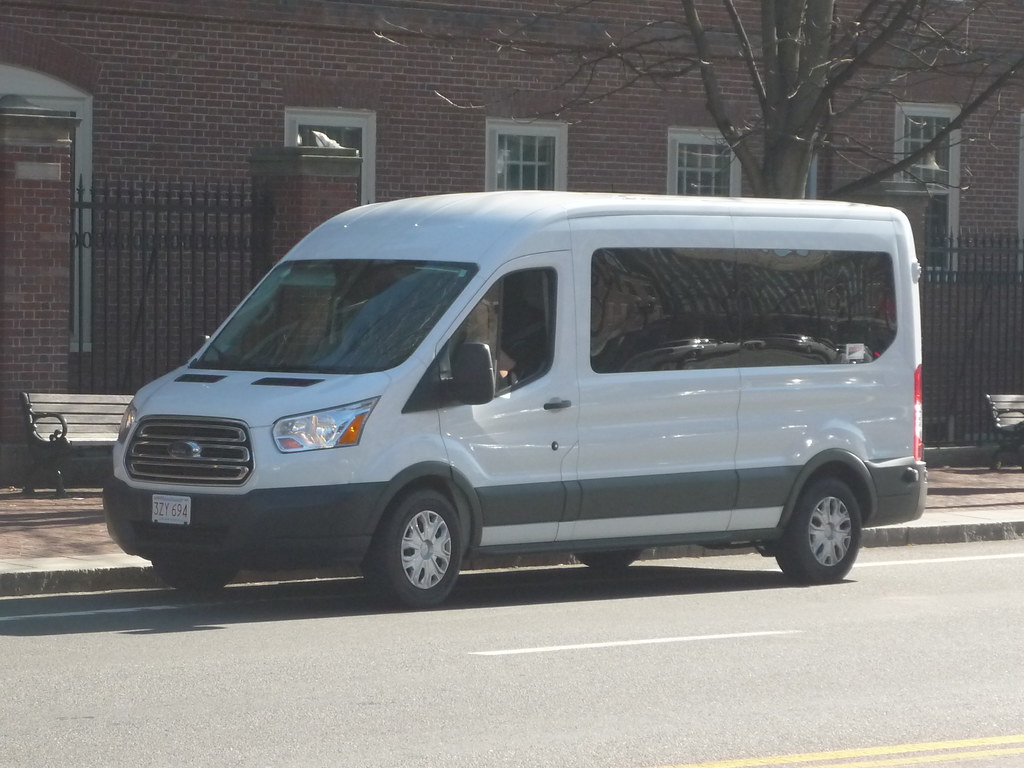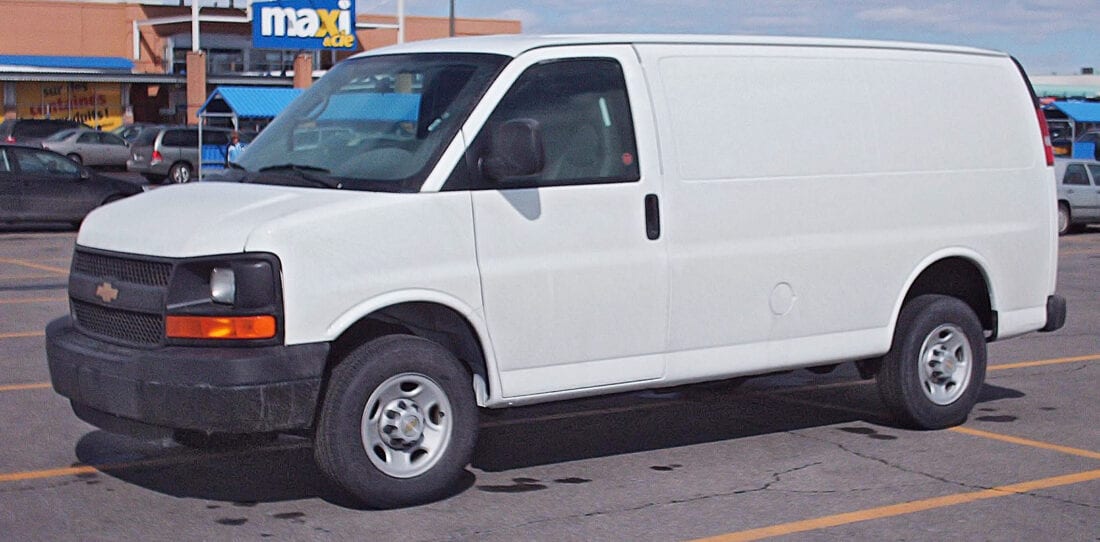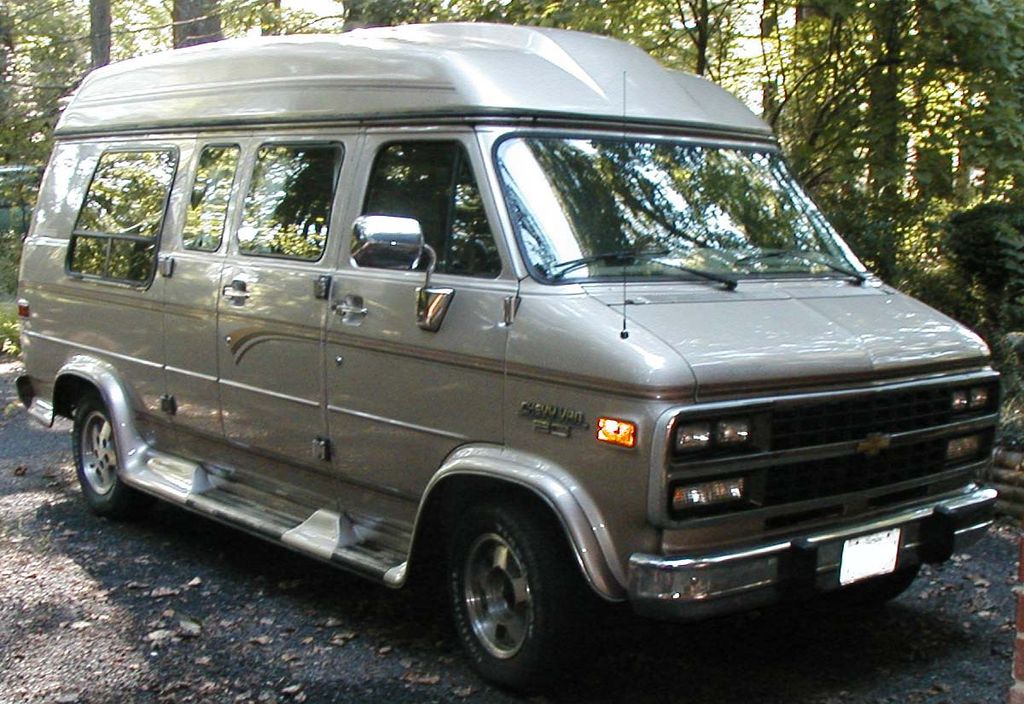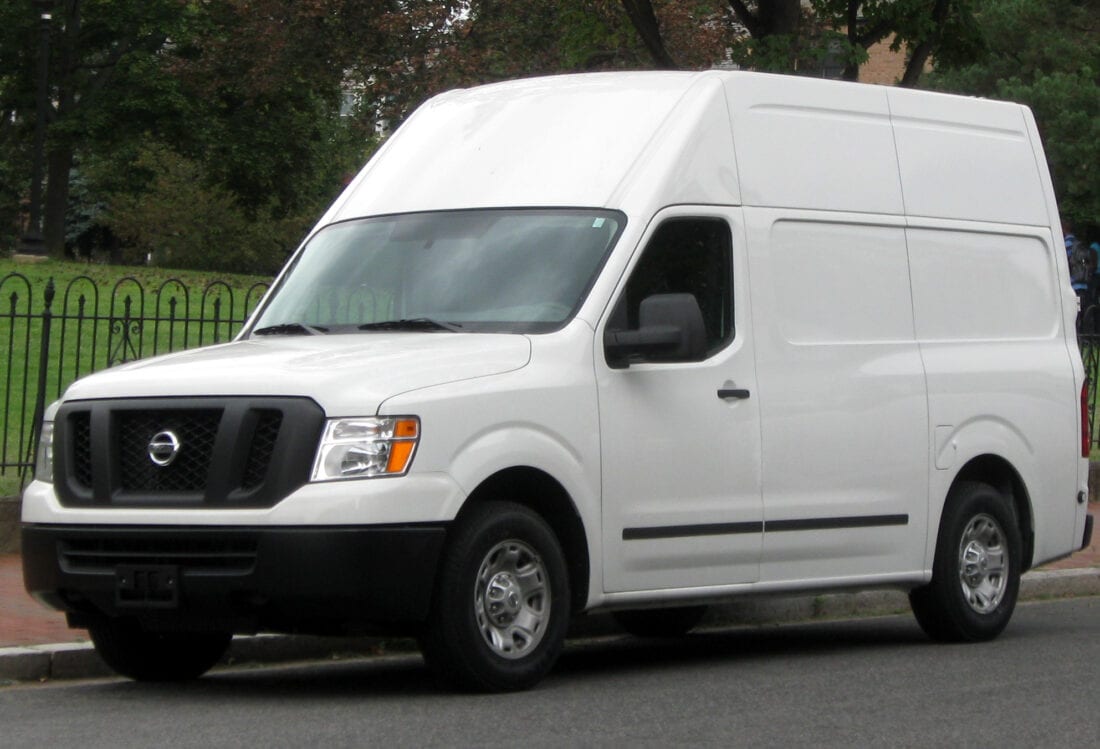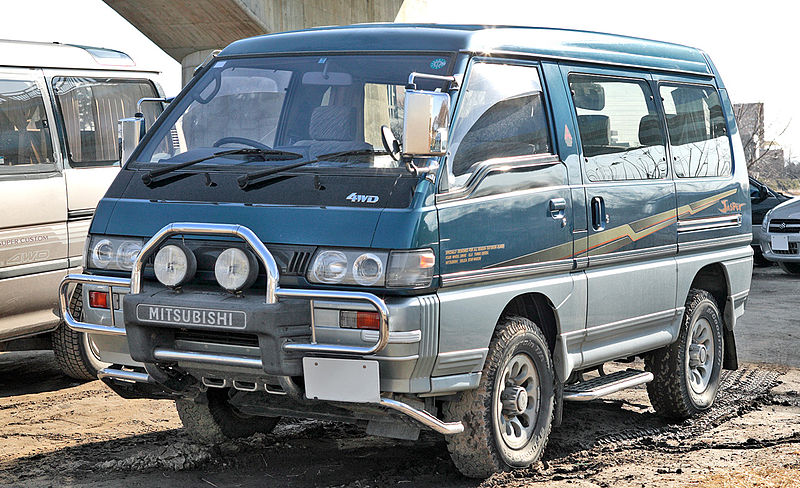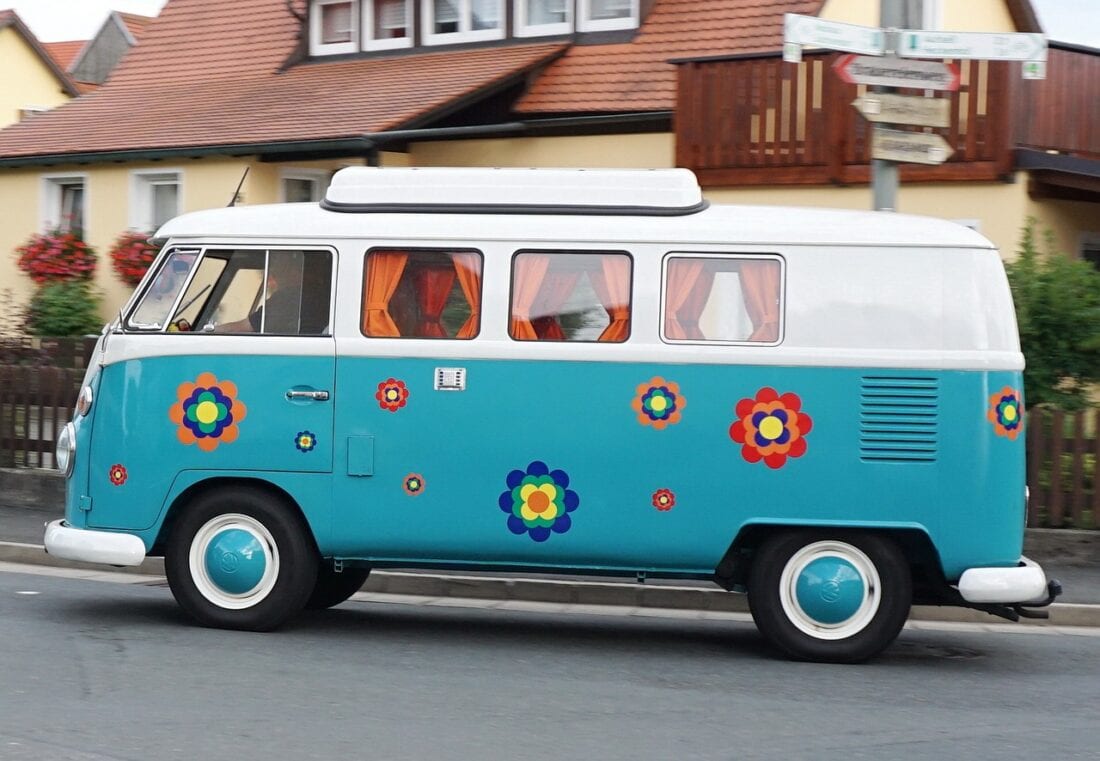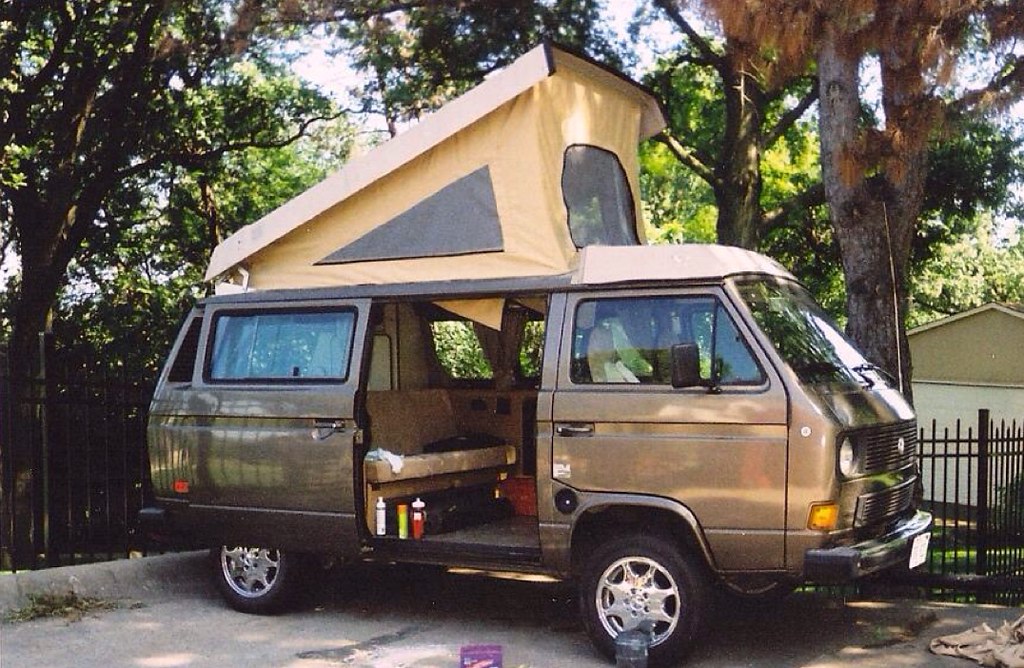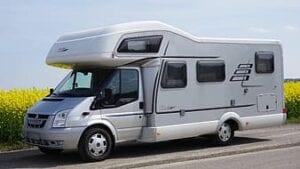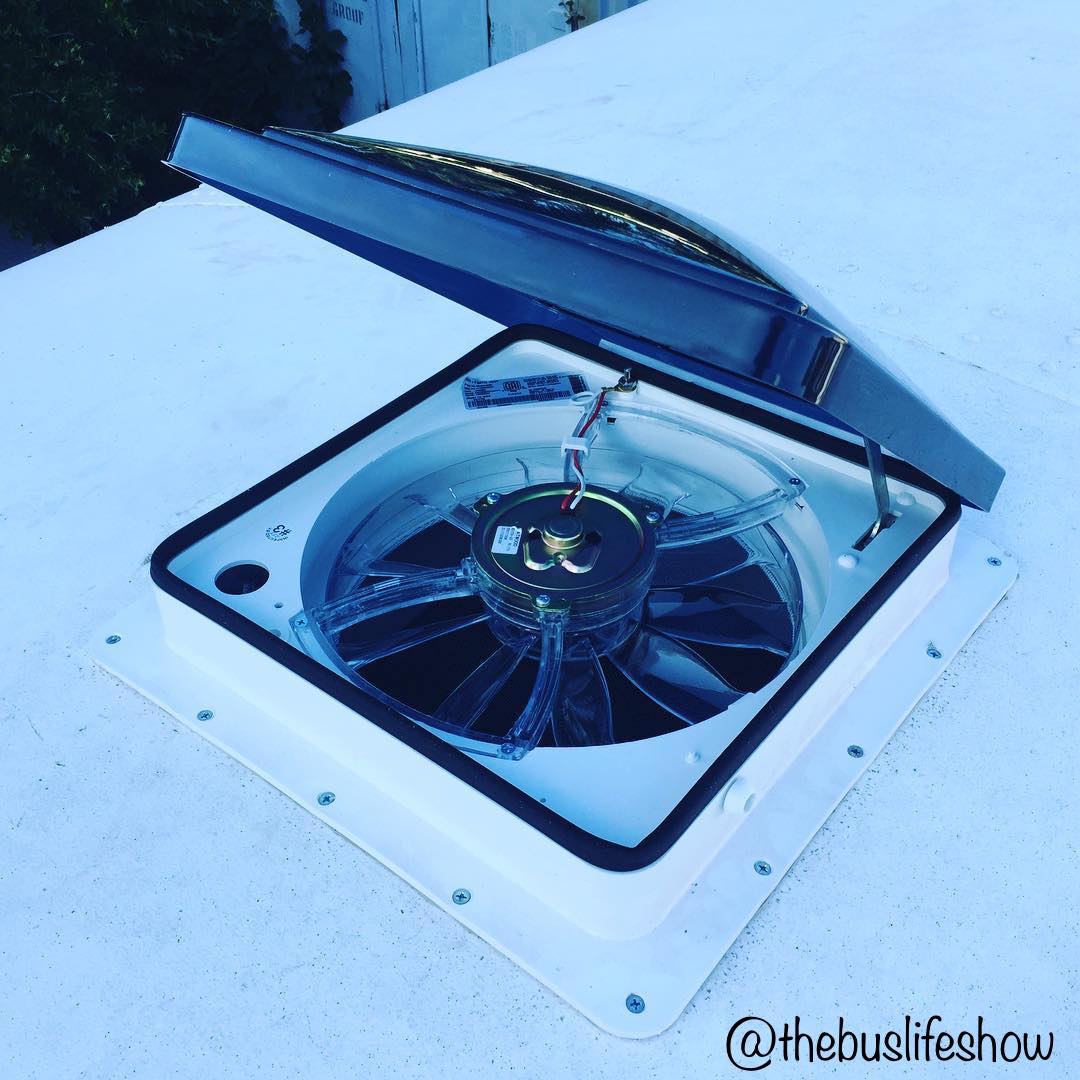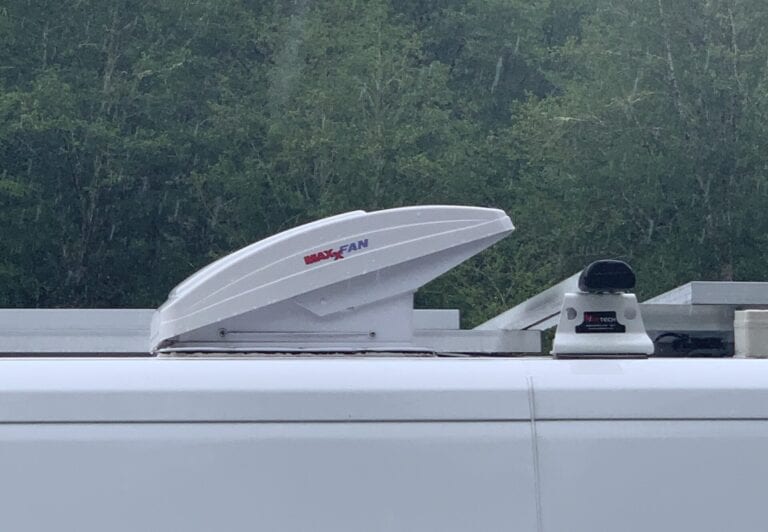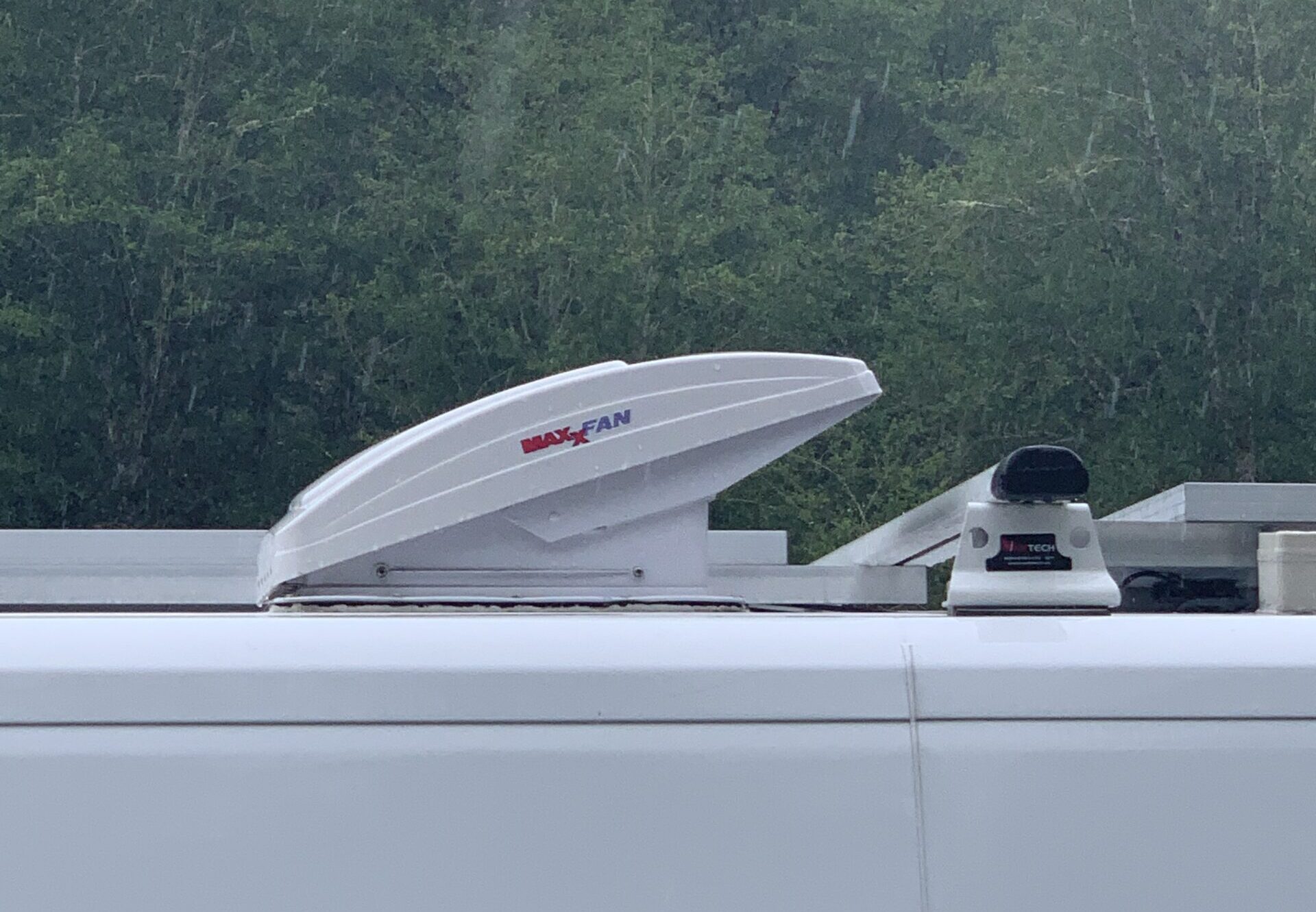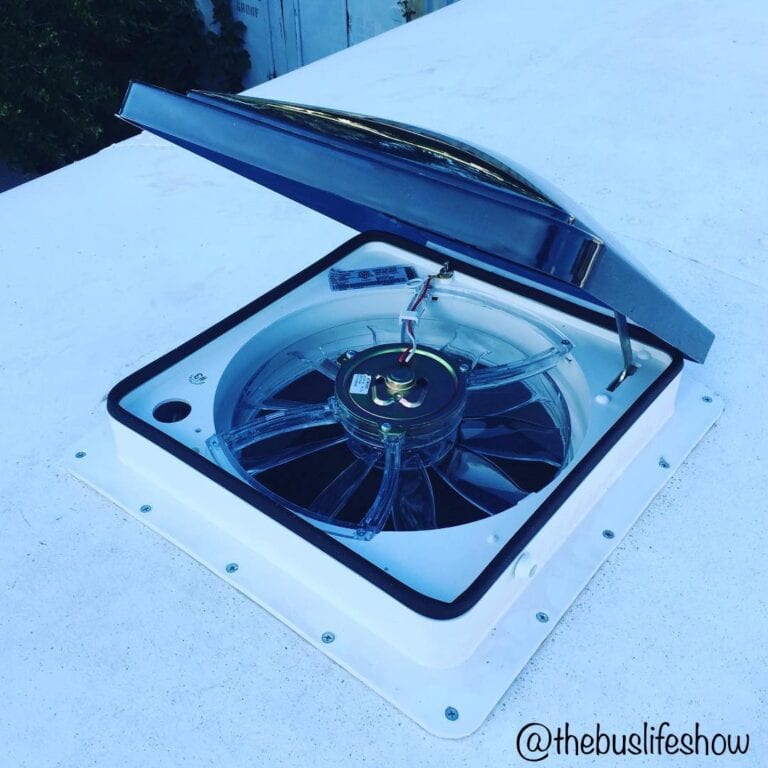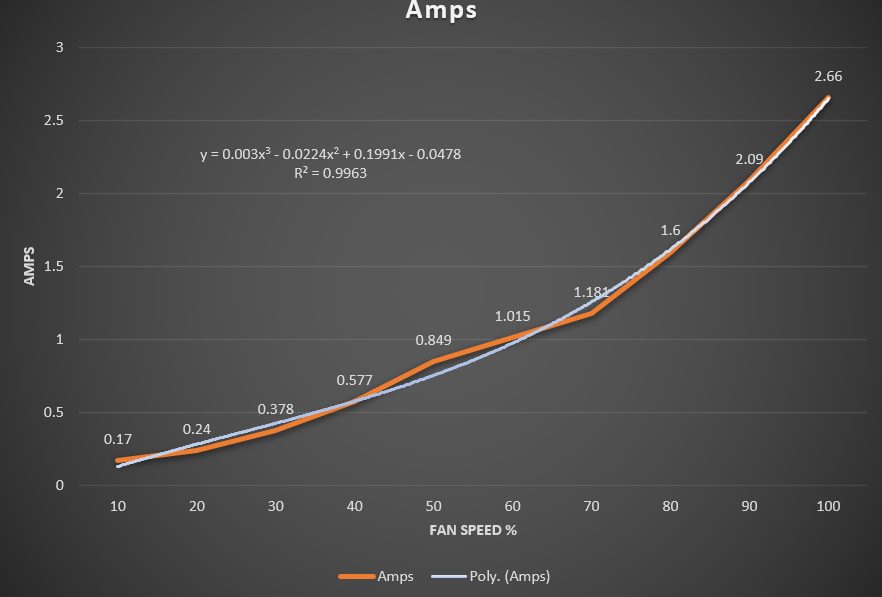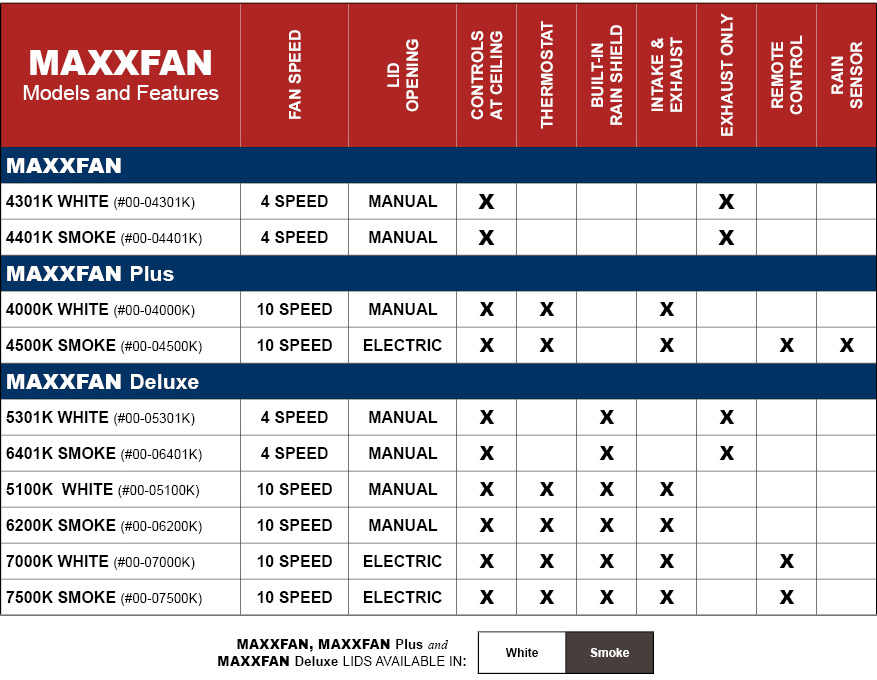When trading a stationary home for one on wheels, some sacrifice is inevitable. Though a van may not have all of the comforts of a house, there are so many van life essentials to help make the transition smoother and more comfortable!
These van life accessories also make perfect Christmas gifts for that one weird relative that lives in a van down by the river… oh wait, is that me?
The concept of living a more minimal lifestyle is a major factor that drew me into vanlife. On the pursuit to own a lot less things, living in a van has aligned perfectly with living more minimalistic. While I do believe that less is more, I have learned that the foundation for living comfortably with a lot less is to have a few really good items. My van is fairly minimal as I wanted to start off pretty barebones, then figure out what I needed/don’t need down the road.
So, after a few months on the road full-time, I am here to share some of the car living essentials I couldn’t survive without, along with must-haves that I plan on adding soon as well. I definitely haven’t found myself ‘dishing out’ on gear/gadgets because I am ballin’ on a budget, so I hope these items help you without breaking the bank.
**Concious Buying Tips**
Whether small things or the big ones, I try to buy items that will help me reduce my footprint. One way is by buying things that make it easier to refrain from buying disposable products or single-use plastic items. Dishing out a few extra bucks for things that I can reuse- like Beeswax Bags listed below- so that I don’t have to buy Ziplock bags is an example.
When I do use single use plastic/disposable goods, I try to repurpose them in any way possible. I’ll take my bag of nuts from Trader Joe’s when it’s empty and use it as my TP waste bag when I’m on the trail!
I also have recently made it a mission to try to shop locally/direct when possible and be less reliant on Amazon. However, that isn’t always possible (especially in our current coronavirus climate) but I want to encourage you to do the same when shopping for your van life gear or to be more conscious of where your money is going.
(Sometimes Amazon is truly the cheapest/fastest option or the only carriers of certain products, but just a tip to be more aware when you can be)
KITCHEN Van Life Essentials
Coleman Stove
A good stove is one of the most important essentials for van life. I currently have the Classic Coleman propane stove, but I am actually planning on selling it and purchasing their Triton model. I think the Classic is great for the price and gets the job done, but the pipe for me has always been finicky and I have heard better things about the Triton Series stove. For the price though, I do think the Classic is a great option.
The Triton also has automatic ignition so you don’t have to find your lighter every meal. Another selling point is that it is only around $20 more than the Classic, which I recommend going for.
Bee's Wax Wrap
I’m always a fan of reducing my plastic consumption and bee’s wax wraps are a fantastic and sustainable option in place of plastic ziplock bags! These bags are made from organic cotton and coated with beeswax. I have used these so much and they have yet to fail me. I pack all of my sandwiches and trail snacks in them, as well as store leftover fruits and veggies which stay just as fresh as they would in plastic baggies.
Mason Jars
Mason jars are my sh*t. Another amazing form of food storage for pretty much anything that can fit in these glass jars, which also double as beverage glasses IMO. I’ll pack my morning oatmeal in one of these before hitting the trail, or leftover dinner that isn’t solid enough to go into Beeswax bags.
You can find loads of mason jars in all sizes at Walmart, Target, and Hobby Lobby.
Hydro Flask / Insulated Bottle
I didn’t understand the hype around Hydroflasks until I was the owner of one. I put off buying one due to the price tag for a while, but I am here to tell you that they are very much worth it!
I love ice cold water and I often find myself stopping at gas stations to fill up my Hydroflask with ice. I can attest that the ice stays in there for at least 24 hours… sometimes more! They’re also great for keeping your tea and coffee warm.
Cast Iron Skillet
Honestly, a necessity whether you’re in a van or a house. When seasoned properly, a cast iron skillet is easy to clean with little water which is always a huge plus in the van. Though heavy, they are also versatile and can be used over your stove or an open campfire! I also just really love the way these skillets cook food in general.
Nesting Cookware
The last thing any of us wants is an entire cabinet overflowing with a mess of pots and pans. The solution? Nesting cookware! This set of pots and pans nests in one another, making them extremely space-savvy.
Pressure Cooker
My cousin said she is buying me a pressure cooker for Christmas and I am so pumped. Gone are the days of waiting 45 minutes for overcooked rice! I have used these in the house before and I am so pumped for this van addition. With these, you can make soups, stews, rice, oats, chili, potatoes, and so much more.
**I am opting for the stove top pressure cooker vs. an Instapot because my electrical system can’t support an Instapot. If yours can, I highly recommend one- an efficient way to cook without breaking out your stove and easy clean-up.
Water Filter
A water filter is an absolute necessity for anyone spending a lot of time outdoors. From personal experience, I can guarantee running out of water is a problem you never want to face, whether on the trail or in the van. This one is quite small, but can be used for long days on the trail or if you’re ever in a pinch in your vehicle.
Dish Rags
I came across these dish rags before I hit the road, and I sure am glad that I did! An eco-friendly option, these rags are amazing at getting grease off of your cast-iron skillet, as well as cleaning all other dishwater spotless. They come with 12 rags which I try to use to keep my paper towel usage as low as possible. I even use these to clean my floor and they work great! I simply toss them in my dirty laundry when done and after a wash, they’re good as new
AeroPress Coffee Maker
We have a whole article about making coffee, because that is an extremely important thing.
Okay, so I do love my French Press, but… I am I thinking about cheating on her with an Aeropress? Shhh…
A few of my van friends have an Aeropress and swear by it. Between its compactness and the fact it brews a cup in two measly minutes, it is a game changer that all coffee addicts on the move need.
Collapsible Measuring Cups
Typically, I eyeball when cooking, but I have these collapsible measuring cups for those more specific recipes. For those planning to cook a lot on the road, these are perfect space-saving cooking tools!
Dometic Cooler Fidge / Freezer
I was going to opt for a cooler as my fridge, but as someone who loves cooking and food I realized having a fridge of some sort would be essential. These are pricey and I struggled finding one that wasn’t going to cost me an arm and leg, but I settled on the Dometic CC40 that I found for not a terrible price.
*I have seen a lot of people using RTIC or Yeti coolers, but with them ranging from $300-400, I chose the Dometic CC40 as it was only a little bit more.
Find out more information about 12v portable refrigerators for vanlife below!
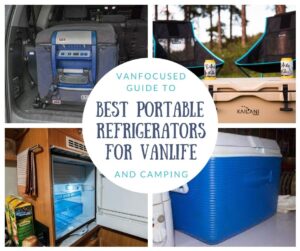
Best Portable Refrigerators for Camping and Vanlife (2022)
There are a ton of options to choose from when it comes to 12v portable refrigerators for vanlife and camping, but which is the best? Let’s find out!
Cleaning/Organization Van Life Essentials
Baby / Wilderness Wipes
Unless you have a shower in your build, showers may be far and few in between. I have surprised myself by showering once in five weeks. There is no way in hell I would have lasted that long without these wipes!
A more eco-friendly alternative to traditional baby wipes, these are biodegradable and compostable, and will be your saving grace after a sweat-filled day of activities.
*Pro Tip- if you have some cleanness left on the wipe, put that baby back in the pack and break it out for a second wipe shower!
Dr. Bronner's Soap
Another must-have that y’all have most likely heard of due to its’ incredible versatility. This soap has 18 different uses from laundry detergent to dish soap to shampoo. It is also biodegradable which is VERY important if you’re disposing of it in any way outdoors. You can find this soap at pretty much any drug store, grocery store or health food store.
Quick Dry Towel
These towels got me through backpacking in Thailand, and I knew I had to have them in the van as well. As the name suggests, these microfiber towels dry super quick and fold into a very compact size. I’m always on the hunt for any body of water I can jump into, and these towels make it much easier than a heavy, soggy beach/bath towel.
Van Life Vacuum
Because my van is so small, I probably won’t be splurging on a vacuum and shall continue to utilize 25 cent gas station vacuums. I have mooched off of a few friends though and I will say it would be amazing to own one. Here is the one my friend swears by!
Packing Cubes
I cannot recommend purchasing packing cubes enough. They are amazing for keeping your sh*t organized and my van would be a hell of a lot messier without them. Don’t just stop at clothes! I use a couple small ones to organize other things such as spices, condiments and toiletries.
Other Van Life Essentials
Small Rug or Carpet
Okay, so there is a very valid argument that a carpet in a van is sure to get dirty super fast. While I can agree with that, I also will say a rug is one of the best things I added to my van. I didn’t realize how much the floor contributed to how cold my van would get and a small rug has made all of the difference! It also just looks 10x cuter and cozier in there now. I make sure to wash it pretty frequently or shake it out to get dirt and crumbs out.
Slippers
As previously stated, I underestimated just how cold the floor gets. Good slippers are a must for this reason. You will also come to find that as many layers as possible is crucial when winter hits in the van!
Earplugs
A small item, but a necessary one. Sometimes you’re parked next to a noisy highway overnight or next to a loud group of hooligans partying all night. While my fan does a great job of tuning sound out, sometimes you need a little additional assistance in ensuring you get a quiet and peaceful sleep.
Maxxiar Maxxfan
I cannot recommend this fan enough. A fan is crucial for many reasons whether it’s keeping your van cool in the blazing heat, circulating air while cooking, or (my personal fav) drowning out noise so well while you sleep. I was between the Fantastic Fan and this one, but after reading many reviews I chose to go with this one and couldn’t be happier!
In Conclusion
There are many van life essentials. However, what seems essential to someone might not seem essential to others.
We will try to continually update this list with new and relevant accessories.
The most important point, however, is to try and shop local whenever possible.
